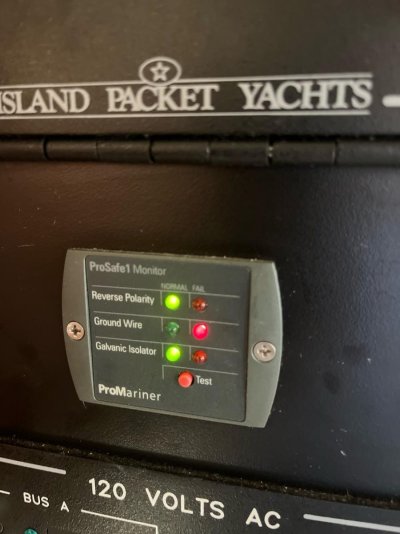Everyone needs an isolator or an isolation transformer. The latter is heavy and expensive.
Or just leave your boat unplugged in the marina so when you want to go the engines won't start.
And don't forget to go through the bilge and fix the bad connects.
Yeah, this boat stuff is a lotta work -
Have to leave your boat un-attended/un-started/un-used for very long periods of time... to have the batts go totally dead... Or, new batts and new batt setup is needed.
Circumstances have required us to neglect our boats for up to 8 months. All batts remained well above 50%. We never leave our boat plugged into AC unless aboard for brief time at dock... to load-up and go cruising/anchoring.






